The annual NPE symposium took place in Rovaniemi on the 8-9th of September 2016. International researchers and experts came together with members of the Northern Political Economy team to exchange results, knowledge and ideas with respect to changes and developments in the everyday life in the Arctic.
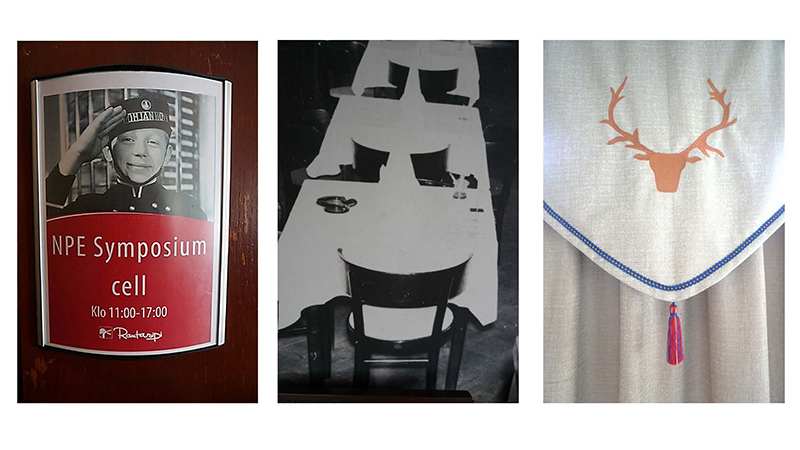
Changes in the Arctic are evident in the everyday life and climate change is an essential notion in this discourse but certainly not the only one. Demographic changes (including refugees and youth out-migration), health conditions, livelihoods and employment, education, border relations, languages, socioeconomic developments, and the future perspectives for Arctic communities are further focal points in this respect.
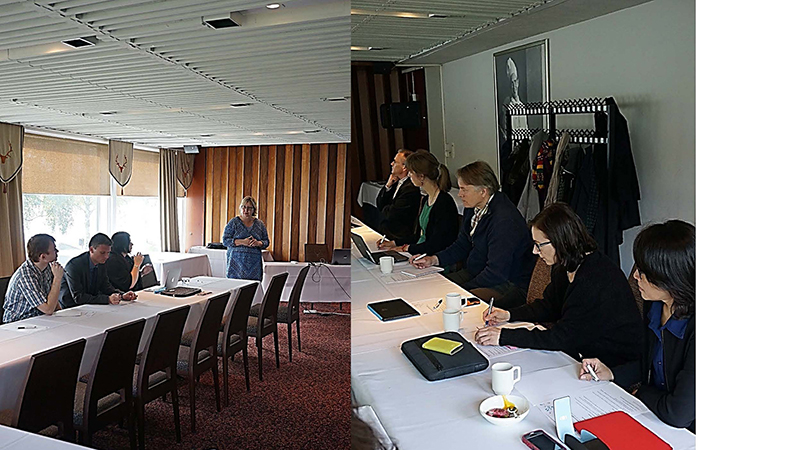
The invited presenters outlined qualitative and quantitative methods and the subject has been considered from different viewpoints and multiple disciplines. Keynote speaker Helena Ruotsala, professor of ethnology at University of Turku, Finland presented transnational processes at the border areas of Finland and Sweden, particularly highlighting the situation in the Tornio River Valley. Professor and keynote speaker Gérard Duhaime from the Université Laval in Québec, Canada, referred in his presentation to his studies regarding social inequalities in the circumpolar Arctic in the broader context of the global economy. Local communities of the Arctic, indigenous and non-indigenous were consistently in focus throughout the sessions of the event. Residents of the Arctic, as well in small settlements as in the Arctic urban regions, such as for example Murmansk, Tromsø and Rovaniemi face continuously changes and challenges in their everyday life. In this respect parameters such as life expectancy, female and youth rates of local populations and population growth play superior roles.
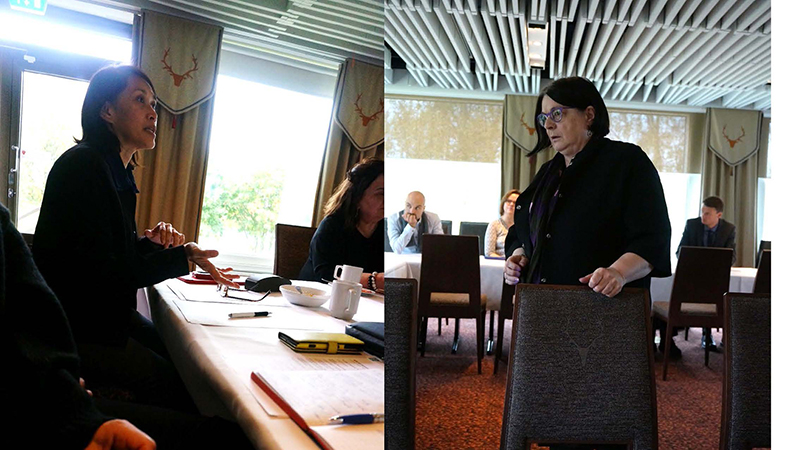
The participants discussed in the framework of the climate change discourse mitigation and adaptation strategies in the Arctic to tackle the negative impacts of global warming. National and regional climate strategies have relevance as well and it is of interest to what extent these efforts can influence the everyday life inside Arctic communities and areas.
Further developments and changes that had been on the symposium agenda include the recently rising number of asylum seekers in Europe, a trend that did not leave out the European Arctic. Border relations of Finland and Sweden or Norway and Russia for example showcase practices of Arctic cooperation approaches in the everyday life. The twin border city Tornio (Finland) and Haparanda (Sweden) had been presented as an example with long traditions of economic and social partnerships and an intertwinement of Finnish and Swedish cultures. One obvious characteristic in this context is the language “meänkieli” an old Finnish dialect that entails words of Swedish language and is until today partly spoken among Tornio River Valley residents. Apart from the influence that languages provide, the importance of business relations and the role of the European Union in terms of border relations have been of importance as well.
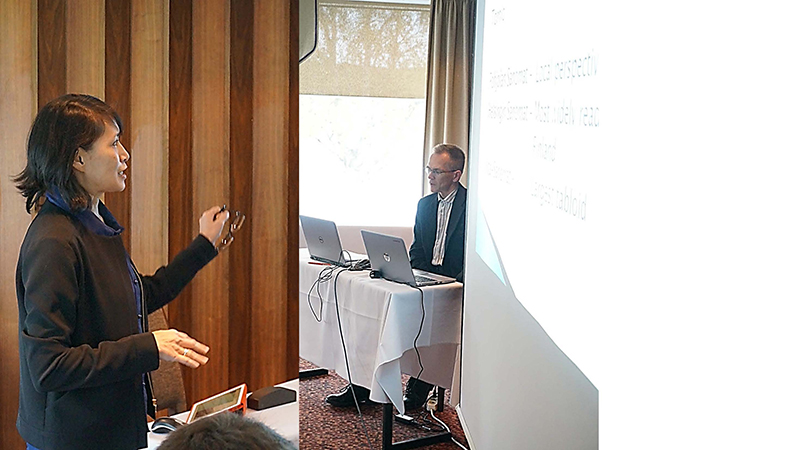
The extractive industries also determine the everyday life of Arctic communities to a large extent. Mining in South Varanger, Norway and the gas industry in Yamal-Nenets, Russia are notable in this context. They provide employment, enforce local economic growth and develop infrastructure in remote areas. On the contrary, there are risks in terms of environmental destruction based on exploitation of raw materials. Pollution of air, soil and water bodies might be the consequence and locals might face negative impacts like noise and dust close to their homes. Traditional livelihoods in the Arctic such as fishery and reindeer herding might be negatively impacted as well. Several companies face hard times in the recent years due to low prices for natural resources such as metals and oil/gas and these hardships reflect out to the communities as well if there are strong local economic and social dependencies on natural resources.
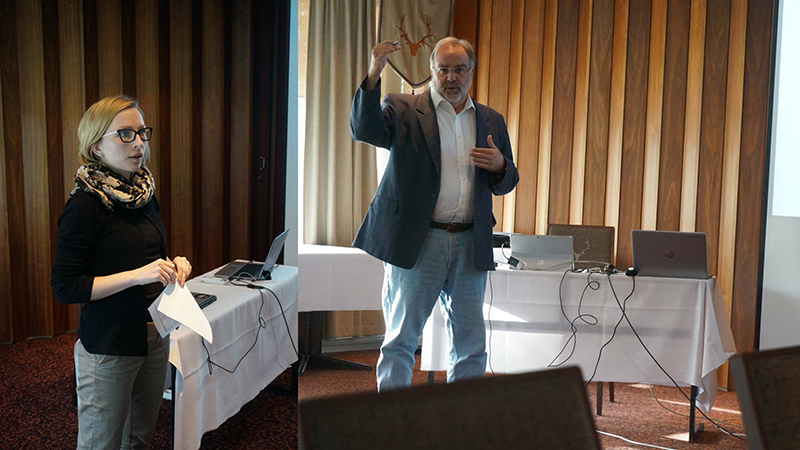
Overall, the symposium was a great summary of today´s developments and challenges in the Arctic and the participants received a comprehensive picture that the everyday life in the Arctic is in fact in a transition process. These transitions and changes are ongoing and there is a strong demand for further research in the upcoming years to be able to understand how communities from different Arctic regions and states can create mutual benefits in cooperation and how to build up resilience and tackle unwanted and negative effects of changes in the everyday life.
Text by Adrian Braun, photos by Joonas Vola